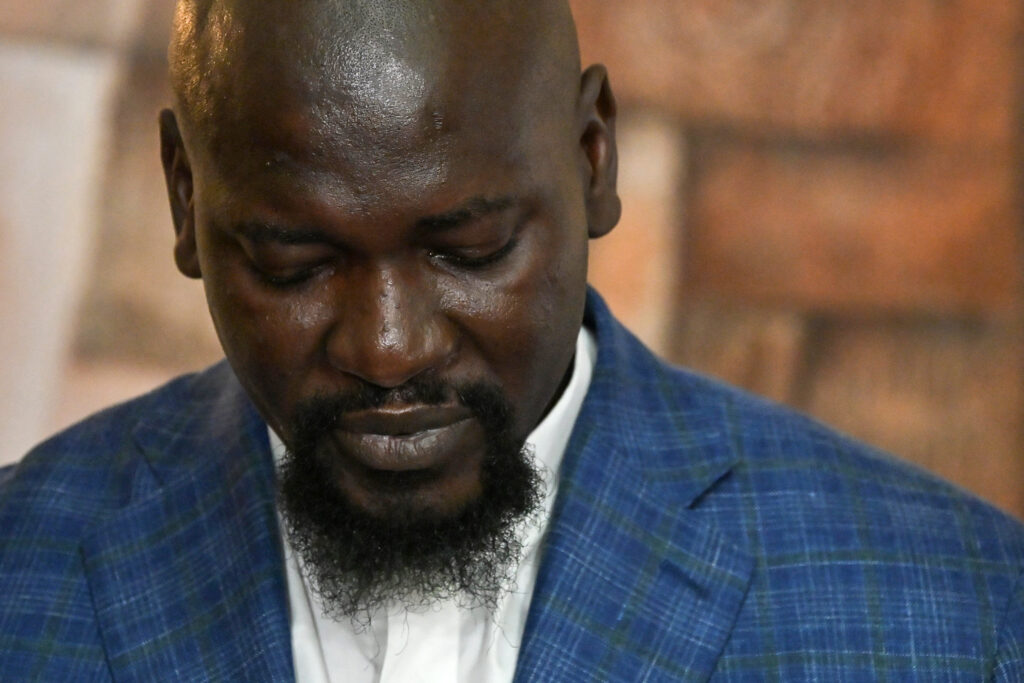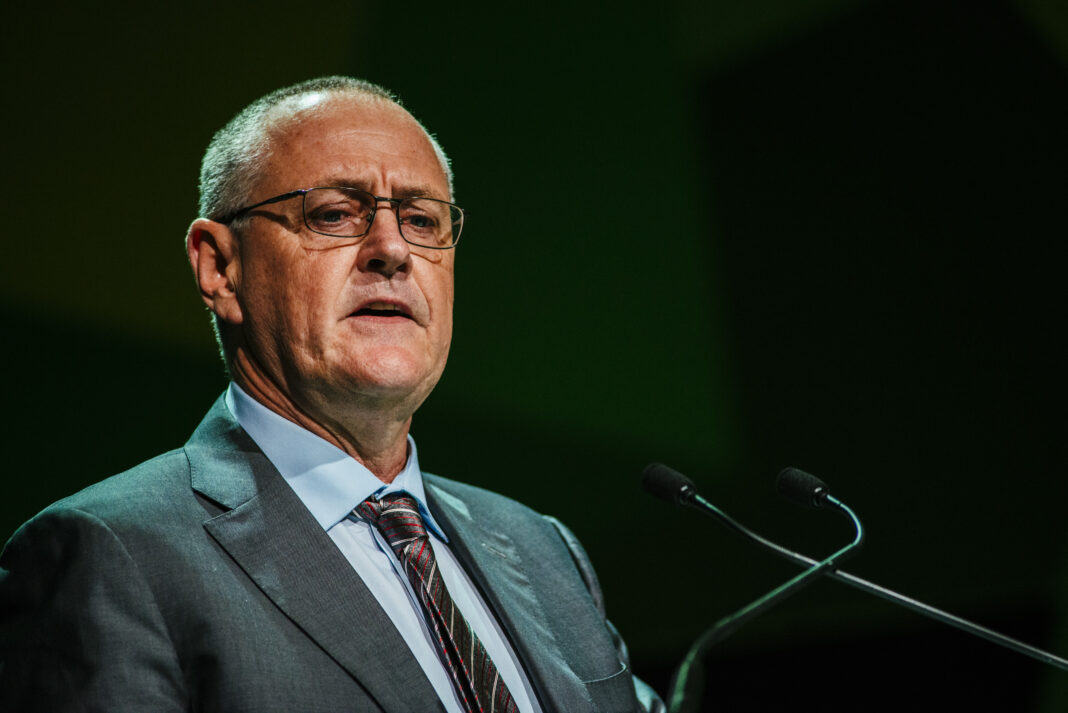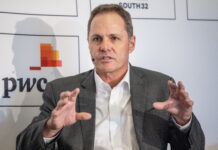Predictive Discovery (PDI) is getting its ducks in a row before it pushes the button on the development of the Bankan gold project in Guinea. With a resource of 5.52 million ounces of gold and a reserve of 2.95 million oz, Bankan has been described as West Africa’s next tier-one gold mine.
In late June, PDI confirmed that status with the release of the definitive feasibility study (DFS) for the project.
It showed Bankan’s potential to produce around 250,000oz of gold annually over 12.2 years and a reasonable – albeit not world-beating – all-in sustaining cost profile of $1,057 an ounce. Capital costs were forecast at $463m, including a $34m contingency, in line with the April 2024 prefeasibility study.
The company used a long-term consensus gold price of $2,400/oz, which generated a post-tax net present value (NPV) (5% discount rate) of $1.6bn, an internal rate of return (IRR) of 46%, and a payback period of less than two years. Using a gold price of $3,300/oz increases the NPV to $2.9bn, the IRR to 73% and reduces the payback period to just over a year.
The open-pit and underground operation is expected to generate strong free cash flow of around $250m a year at a gold price of $2,400/oz, increasing to more than $400m annually at $3,300/oz.
Canaccord Genuity analyst Paul Howard said the study confirmed Bankan as a world-class asset.
“Our research suggests that Bankan is potentially the best undeveloped gold asset in Africa when comparing metrics such as upfront capital intensity, production levels and costs, and when taking the view that Guinea is emerging as one of the best countries to operate in, given the world’s largest mine developments. Simandou is well under way,” he said.
Bankan sat in the top 20 African producing or soon-to-be-producing gold assets, with the majority of those assets being owned by the majors.
MD of PDI, Andrew Pardey, told Miningmx that while the release of the DFS was a major catalyst for the company, the grant of the project’s exploitation permit would provide fresh momentum.
In January, the project’s environmental and social impact assessment was approved, and the environmental compliance certificate was issued, paving the way for the application for an exploitation permit.
The company said the review process was in its final stage and Pardey said he expected its grant “fairly soon”.
In late May, PDI was also made aware that following an order signed by Guinea’s military leader Mamady Doumbouya, the country’s Ministry of Mines and Geology had revoked more than 100 exploration permits across the country, including the company’s Argo and Bokoro permits.
The revoked permits did not include the Kaninko and Saman exploration permits that are the subject of the Bankan exploitation permit application and contain 5.38 million oz of the overall 5.53 million oz resource.
PDI is appealing the decision and Pardey was speaking to Miningmx from Conakry, where he was seeking clarification on the process. “We were told, ‘Just submit your letters showing how much work you’ve done on them, etc.’ – and that’s now going through what I believe is a review process, which will be a committee of three people,” Pardey said.
Pardey urged juniors and wannabe developers to start the permitting process early.
“Because in Guinea, the big handbrake for us was the ESIA, and to submit an ESIA, we had to have a minimum of two years’ worth of work, so we were sort of on the back foot with that,” he said.
“It’s an important thing that juniors often overlook, because they’re so excited they’ve found something, but then they forget about the timing to be able to submit for other licences.”
FOCUS ON FUNDING
Once Bankan’s exploitation permit is granted, PDI will turn its attention to financing. Financial advisory firm Terrafranca Capital Partners is assisting the company with project funding.
Pardey said the company would consider more than just the traditional debt and equity funding.
“There have been other groups out there that have done some quite unique things as well, using Wheaton Precious Metals, the largest royalty and streaming company of the world, and have come up with some very good financing options that are actually cheaper than conventional financing. So we’ve already started a process on that in advance, so that the financiers know who we are, where we are, etc., so we can hit the ground running on that.”

“We have had a technical data room open for some time, so potentially that could bring other players into the game as well.
“We’ve got to be mindful of all the options, and the team that I work with, most of us have been around for quite a long time, so we’re not selfish – we want to do what’s best for our shareholders.”
Another potential, but less likely, option would be to bring in a development partner, though Pardey said it would be considered.
“If you bring in a JV partner, you’ve given half away, and then you’ve already reduced your upside, and we are very, very confident that a lot more ounces are to be found in this area, so you’ve got to consider all of the options.”
PDI is aiming to finalise the permitting and financing and make a final investment decision in early 2026.
Assuming a mid-2026 construction start, the project would pour first gold in mid-2028.
PDI had a last reported cash balance of A$78m, which will take it through the construction readiness and funding process to the start of construction.
Andrew Pardey
Our major shareholders leave us alone because they are satisfied with the job that we are doing
In August 2024, Perseus Mining acquired a 17.3% stake in PDI and the following month, increased its stake to 19.9%.
Perseus has long maintained it likes the Bankan project and while it has plenty of cash, the company has suggested on multiple occasions that at a market capitalisation of A$1bn, PDI was expensive, particularly when factoring in a premium and Bankan development costs.
In the meantime, in February, PDI announced it had raised A$69.2m via a strategic placement to the Lundin family and Zijin Mining, diluting Perseus to 17.8% in the process.
The Lundins hold 4.5% and Zijin holds 3.5%. Black Rock holds 13.2%, while T. Rowe Price has 6%, and other funds including Merk, VanEck and Franklin Templeton also sit on the register. The funds and strategic shareholders hold a combined 60% of the stock.
“Our major shareholders leave us alone,” Pardey said.
“They want us to get on and do the job that we’re doing, and I know most of them from previous history as well, so I know from the fact that they’re leaving us alone they are satisfied with the job that we are doing.”
PDI has been long touted as a takeover target, both due to the quality of the Bankan project and its existing register.
Argonaut analyst Patrick Streater said the release of the DFS further strengthened the case for PDI to be acquired by an existing West African producer.
“We think a receipt of Bankan’s exploitation permit in the next couple of months will set in motion a change of control for Bankan, with an existing producer likely to take the project forward,” he said.




